The case study on the circular economy (CE) in the construction sector illustrates the implementation of circular economy principles by utilizing secondary raw materials (SRM) as sustainable building materials. This approach effectively reduces the volume of waste sent to landfills while conserving primary resources. Additionally, the use of secondary raw materials presents a cost-effective and practical solution for construction projects, highlighting the potential for economic viability within sustainable practices. This case study serves as a model for promoting environmental stewardship, resource efficiency, and economic efficiency in the construction industry.
In this context, the case study explores the utilization of industrial waste as a crucial resource, addressing the urgent need for sustainable materials in construction. Through thorough evaluation and experimentation, the project seeks to identify methods for extracting secondary raw materials from industrial waste streams, with a specific focus on slag. These SRMs undergo careful mechanical processing to produce high-quality aggregates suitable for various construction applications, including road surfacing and wall construction.
The primary source of these secondary raw materials is non-hazardous industrial waste, particularly black and white slag generated from the furnaces at the Makstil factory during the smelting of scrap iron. Black slag is rigorously tested to determine its suitability as a lower bearing layer (sub-base aggregate) and for asphalt mixtures. Meanwhile, white slag is evaluated for its potential use as an additive or substitute for cement in concrete mixtures. These sustainable products can be utilized for revitalizing degraded areas, asphalting roads, and producing partition blocks for wall construction, demonstrating the practical applications of circular economy principles in the construction sector.



